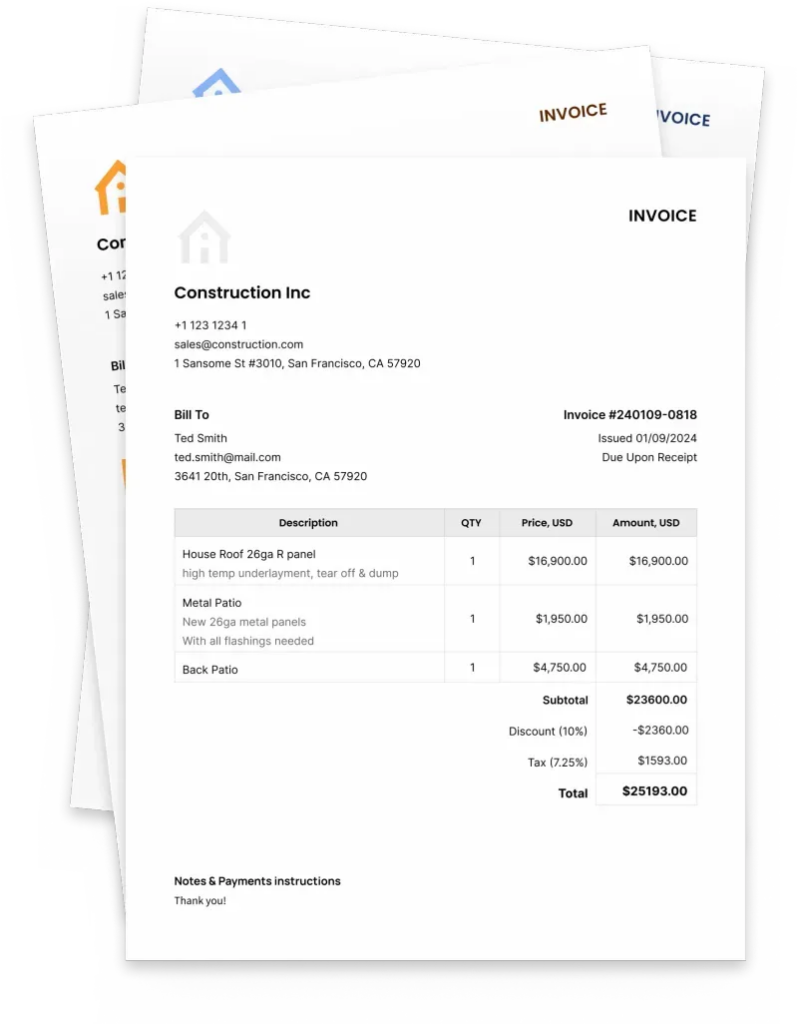
Creating an invoice is a crucial task for any business, whether large or small. Proper invoicing ensures that payments are received on time and that both the business and its clients have a clear record of the transactions. For those unfamiliar with the process, using a free invoice template can be an excellent starting point to ensure accuracy and professionalism.
Understanding the Basics of an Invoice
An invoice is a formal document sent to a client after a service has been provided or a product has been delivered. It outlines the details of the transaction, including the services rendered, the cost, and the terms of payment. The primary purpose of an invoice is to request payment from the client.
To create a professional invoice, one must include essential components such as the business’s name, the client’s details, an itemized list of the services or products provided, and the total amount due. Invoice templates are invaluable tools that provide a structured format, ensuring all necessary details are included.
Key Elements to Include in an Invoice
When designing an invoice, certain elements must be present to ensure it serves its purpose effectively. These elements include the invoice number, date of issuance, and payment terms. The invoice number is a unique identifier for each invoice, which helps in tracking and organizing multiple invoices. The date of issuance is crucial for determining payment deadlines, while payment terms specify when the payment is due and the accepted payment methods.
Additionally, the invoice should clearly outline the services or products provided, including descriptions, quantities, and unit prices. This level of detail helps the client understand the breakdown of the total cost. To make the invoicing process even more straightforward, consider utilizing a free invoice template to ensure all these elements are accurately captured.
Creating an Invoice: A Step-by-Step Process
Creating an invoice might seem daunting at first, but following a step-by-step process can make it manageable. Below is a simplified guide:
- Choose a Template: Start by selecting an invoice template that suits your business needs. Templates provide a standardized format that includes all the necessary fields.
- Input Business Information: Include your company name, address, contact details, and logo. This information should be prominently displayed at the top of the invoice.
- Add Client Information: Enter the client’s name, address, and contact information. This step is essential for ensuring the invoice reaches the correct recipient.
- Detail the Services or Products Provided: Provide an itemized list of the services or products, including descriptions, quantities, and prices.
- Specify Payment Terms: Clearly state the payment due date, accepted payment methods, and any penalties for late payments.
- Review and Send: Before sending the invoice, review it for accuracy. Ensure that all details are correct and that the total amount is accurate.
By following these steps, businesses can create professional and accurate invoices that streamline the payment process.



